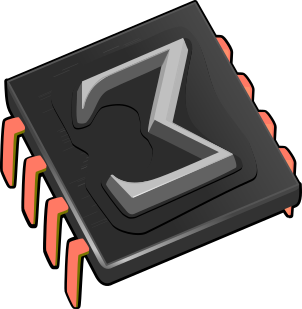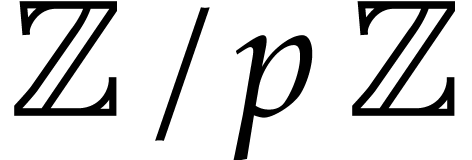 Computer algebra systems and TeXmacs
Computer algebra systems and TeXmacs
1.Axiom
Axiom is a general purpose Computer Algebra system. It is useful for research and development of mathematical algorithms. It defines a strongly typed, mathematically correct type hierarchy. It has a programming language and a built-in compiler.
Axiom has been in development since 1973 and was sold as a commercial product. It has been released as free software (under a BSD-like license).
Efforts are underway to extend this software to
-
Develop a better user interface;
-
Make it useful as a teaching tool;
-
Develop an algebra server protocol;
-
Integrate additional mathematics;
-
Rebuild the algebra in a literate programming style;
-
Integrate logic programming;
-
Develop an Axiom Journal with refereed submissions.
Axiom web page : http://www.nongnu.org/axiom/
Axiom project : http://savannah.nongnu.org/projects/axiom
2.Giac
- Algebra
-
Arbitrary precision integers, integer and polynomial arithmetic, Gröbner bases, simplification, equation solver, partial fraction decomposition, linear algebra (vectors, matrices, row reduction to echelon form, eigenvalues and eigenvectors), permutations, combinatorial analysis, computing in
 and
and 
- Calculus
-
Derivatives, integration, limits, series expansion, vector calculus, calculus of variations, implicit differentiation, curve interpolation, differential equations, special functions
- 2D and 3D plotting
-
Function graphs, surfaces, plotting implicit curves, plotting the solution of a system of inequalities, polar and parametric plots, scatter and line plots, bar plots, pie charts, histograms
- 2D and 3D geometry
-
Points, segments, lines, triangles, polygons, circles, conics, parametric curves, curve intersection, tangents, planes, surfaces
- Probability and statistics
-
Probability distributions, random variables, efficient sampling, maximum-likelihood fitting, statistical tests, kernel density estimation
- Signal processing and audio tools
-
Convolution, (auto)correlation, continuous/fast Fourier transform, Fourier series, filtering, windowing, loading, creating and saving audio clips, audio playback, resampling, noise removal, waveform plotting, spectrum plotting
- Optimization
-
Mixed integer linear programming, finding local and global extrema, nonlinear programming, transportation problem
- Graph theory
-
Creating (random) graphs and digraphs, operations on graphs, modifying graphs, importing and exporting graphs to
dot file format, examining properties of graphs, traversing graphs, vertex and edge coloring, graph isomorphism, graph drawing - Programming
-
Functions, local variables, conditionals, loops, choice of syntax (C-like, Python, Maple, Mupad, TI89)
- Syntax compatibility with other systems
-
Maple compatibility, MuPAD compatibility, Python compatibility, MathML export (content and presentation), LaTeX export
A note on session plots.
3.GTybalt
-
Object Oriented:
gTybalt allows symbolic calculations within the C++ programming language. -
Efficiency for large scale problems: Solutions developed with
gTybalt can be compiled with a C++ compiler and executed independently ofgTybalt . -
Short development cycle:
gTybalt can interpret C++ and execute C++ scripts. Solutions can be developed quickly for small-scale problems, either interactively or through scripts, and once debugged, the solutions can be compiled and scaled up to large-scale problems.
4.Macaulay 2
5.Maxima
-
Plotting via netmath over the network.
-
Computations over network
-
Well tested on a large array of problems.
-
Source level Debugger for maxima code
-
Documentation available as html, texinfo, info, dvi and postscript. The documentation can be read inside TeXmacs.
-
Easy to extend in fundamentally new ways, because you have complete access to source, and access to Common Lisp.
-
Portable to many systems.
6.Pari
libpari (with optional assembler cores for some popular
architectures), and of the programmable interactive gp
calculator. While you can write your own libpari-based
programs, many people just start up a gp session, or have
gp execute their scripts. Pari sessions can now be started
inside TeXmacs.
Developed at Bordeaux by a team led by
7.Reduce
8.Sage
9.Yacas